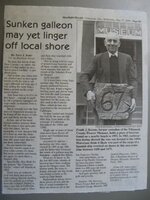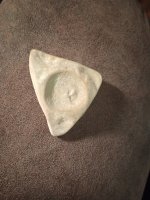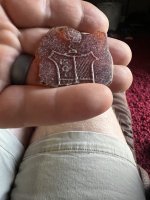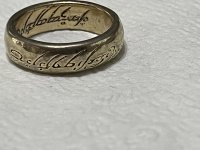ivan salis
Gold Member
- Feb 5, 2007
- 16,794
- 3,809
- 🏆 Honorable Mentions:
- 1
- Detector(s) used
- delta 4000 / ace 250 - used BH and many others too
is the vessel lost just south of the columbia river known as the " beeswax wreck" --the missing 1707 spanish manila to mexico galleon named -- Francisco Xavier?  ummm could be.
ummm could be.
 ummm could be.
ummm could be.






